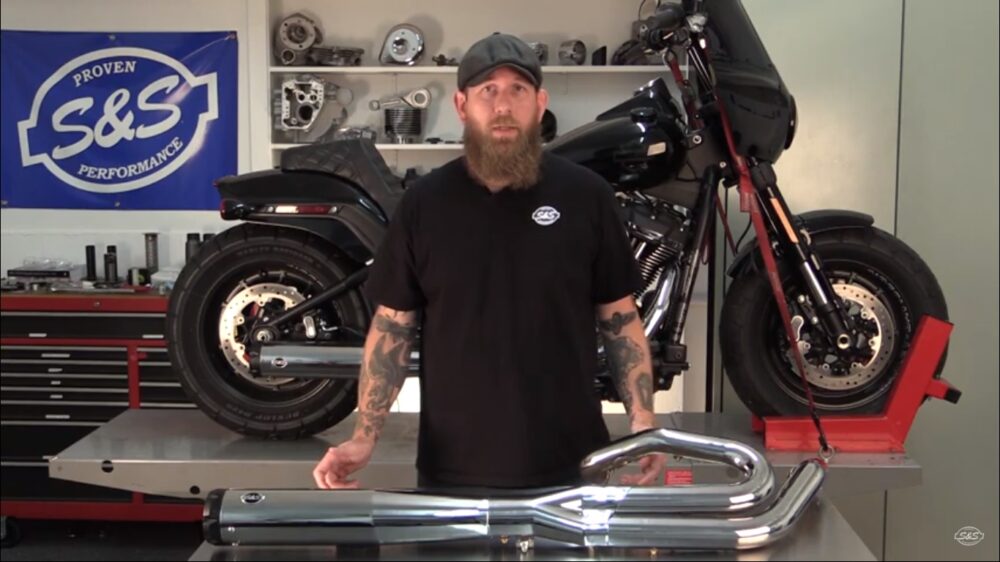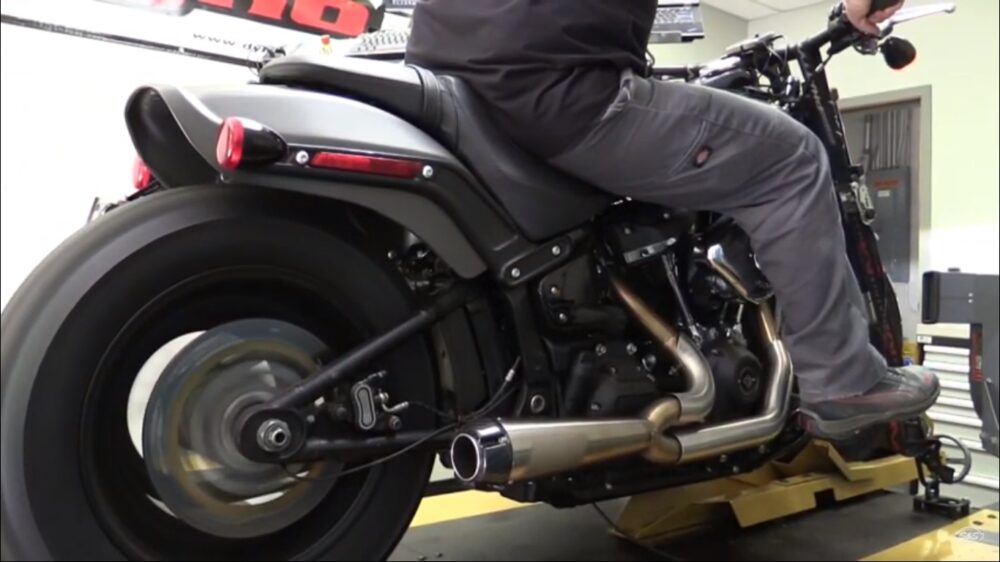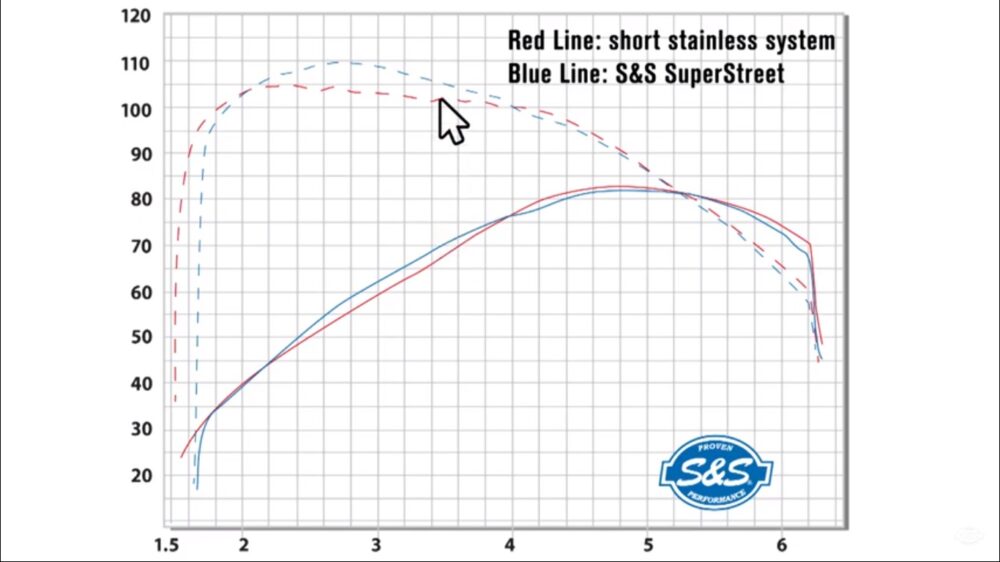Dyno Test: Milwaukee 8 Catted vs. Catless Exhaust
As it turns out, a straight pipe is not always the best route to the promised land of high performance.
Usually, when we pick an exhaust system for our Harley-Davidsons, we’re making our decision based on looks and sound. However, performance is an important metric as well.
Unfortunately, many manufacturers don’t post horsepower claims. Even when they do, it’s rare that those claims are backed up by hard data in the form of dyno sheets.
S&S is an exception to the rule. In this video, they compare a pair of 2-into-1 systems on a Milwaukee 8-powered Softail. The systems look similar, but as you’ll see, they’re very different where it counts.
The S&S system they’re testing is the SuperStreet system. This exhaust system is emissions compliant, meaning that you’re not only on Mother Nature’s good side, but you’re also less likely to run afoul of Johnny Law.
Many of the straight-through exhaust systems are, well, just that. Contrary to popular belief, though, a wide-open pipe isn’t necessarily the best setup for high performance. Todd Canavan, S&S’s exhaust expert, explains that “S&S takes a different approach. Each component is designed to make power.”
What does that mean? As Todd explains, “A wide-open system could be costing you mid-range performance.” The proof is in the dyno graphs. laid over each other, we can see some important differences between the short, straight-through system, and the S&S SuperStreet system.
Right off the bat, it’s apparent that the S&S system, with its emissions-friendly high-flow catalytic converter, makes noticeably more low and mid-range torque than the straight-through system. The S&S also makes more mid-range horsepower as well.
At the top of the RPM range, the shorty system makes slightly more peak horsepower. Remember, though, this small gain comes at the expense of low and mod-range power and torque, where we do most of our riding. That means quicker acceleration and less stress on the engine at the same time.
It’s clear that the motorcycle technology of today is much more sophisticated than ever before. Todd sums it up well by saying that “Today’s smarter motorcycle wants a smarter exhaust to make real power, and a well-designed cat can actually deliver better performance than an empty exhaust.”
Join the Harley-Davidson Forums now!



